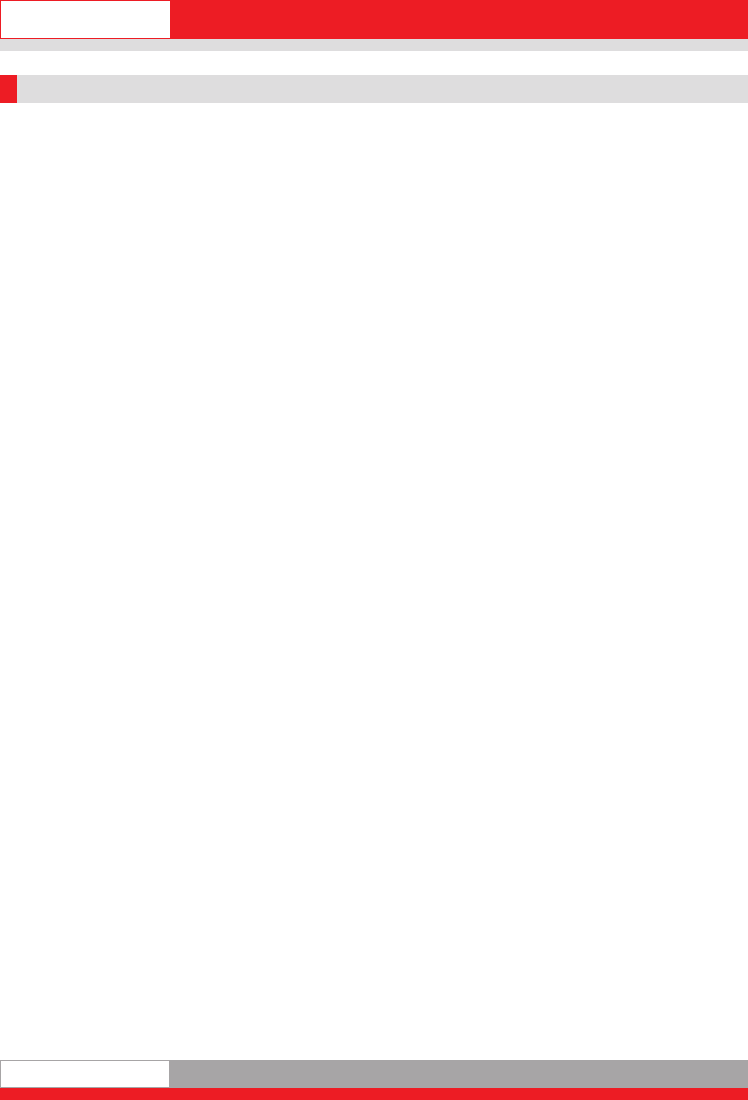
English
1122
2.9 Alphanumeric input
Use the combined numerical/alphanumeric keypad to type in numerical and alphanumeric inputs
(similar to a mobile phone keypad).
Types of input box
- Display boxes with no write option
- Display/type-in boxes with numerical input option
- Display/type-in boxes with alphanumeric input option
Activating input boxes
- Situation-dependent by means of function key or direct numerical input.
The Input view appears in the display. Existing values are displayed. The description of the
input box is displayed in the symbol bar. A unit character is displayed if the input refers to a
dimension.
Input procedure
1. Numerical boxes
You can type in digits 0 to 9 using the numerical keypad. Input is right-flush.
A cursor flashes under the last digit entered.
The C key clears the digit marked by the cursor; the "Zero" key terminates the input without
accepting the new input value; existing values are retained. The "Print" key accepts the input value
and returns to the application program.
In Setting mode, Display/Decimal Separator, you can define whether to have a dot, comma or
blank as default decimal separator.
Only the default number of characters can be typed into an input box. Any other inputs are neither
displayed nor accepted.
2. Alphanumeric boxes
You can type in digits 0 to 9 using the numerical keypad. Input is left-flush.
The numeric keys have multiple programming and are also assigned to letters (upper case) or
special characters. In addition, there are special character keys (,./ and +-). If you press a numeric
key twice within one second, this activates the character assigned to this key via a rolling function.
If you do not press the key a second time within one second, the character pressed is accepted
and the cursor moves on to the next position.
Numerical inputs can be made in direct succession without any waiting period, as long as the same
number key is not pressed several times in succession. A cursor flashes under the item to be
entered.
You can move the cursor by using the arrow keys.
The C key deletes the character to the left of the cursor or the character under which the cursor is
flashing: the "Zero" key terminates the input without accepting the new input values; the existing
values are retained.
The "Print" key accepts the input value and returns to the application program.
Only the default number of characters can be typed into an input box. Any further input overwrites
the last character.
Ba_3020_GB.qxd 21.06.2007 19:08 Seite 12


















